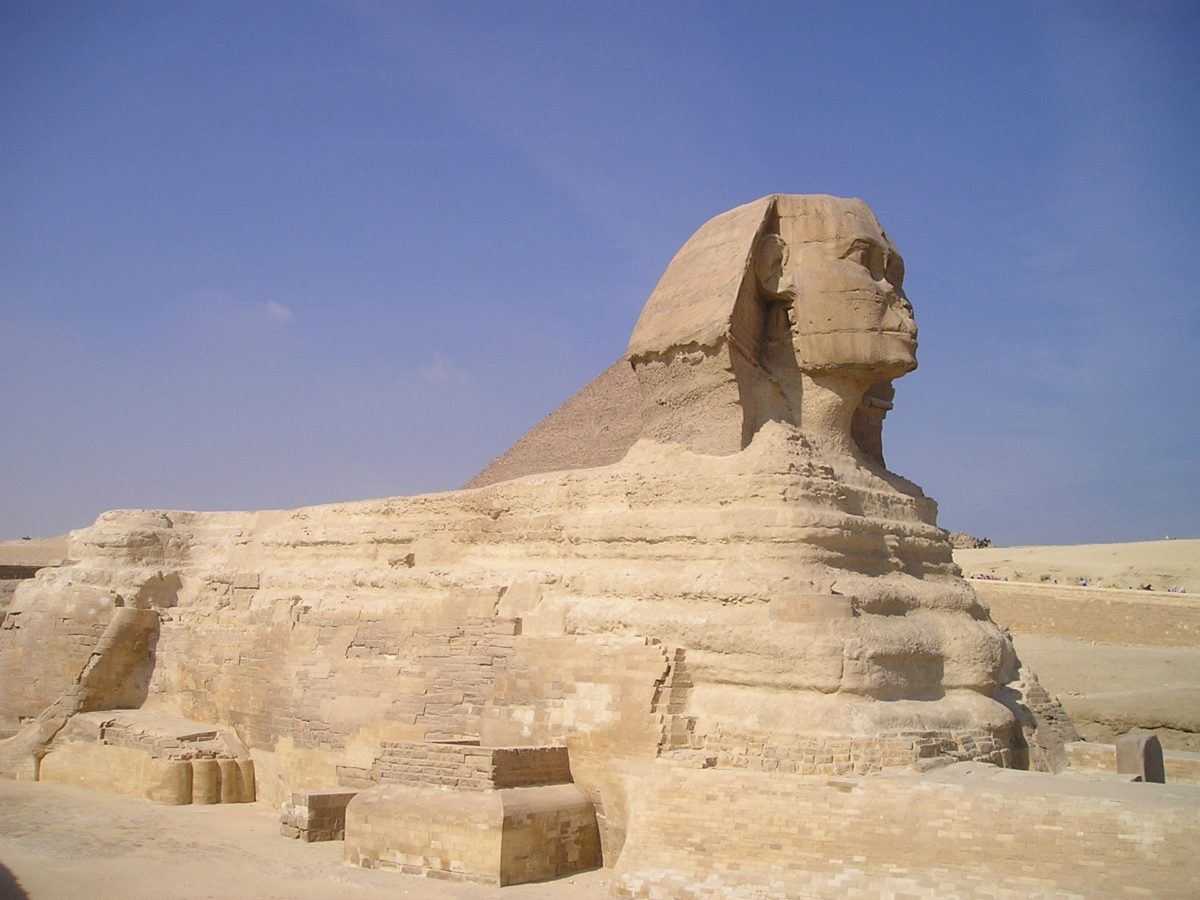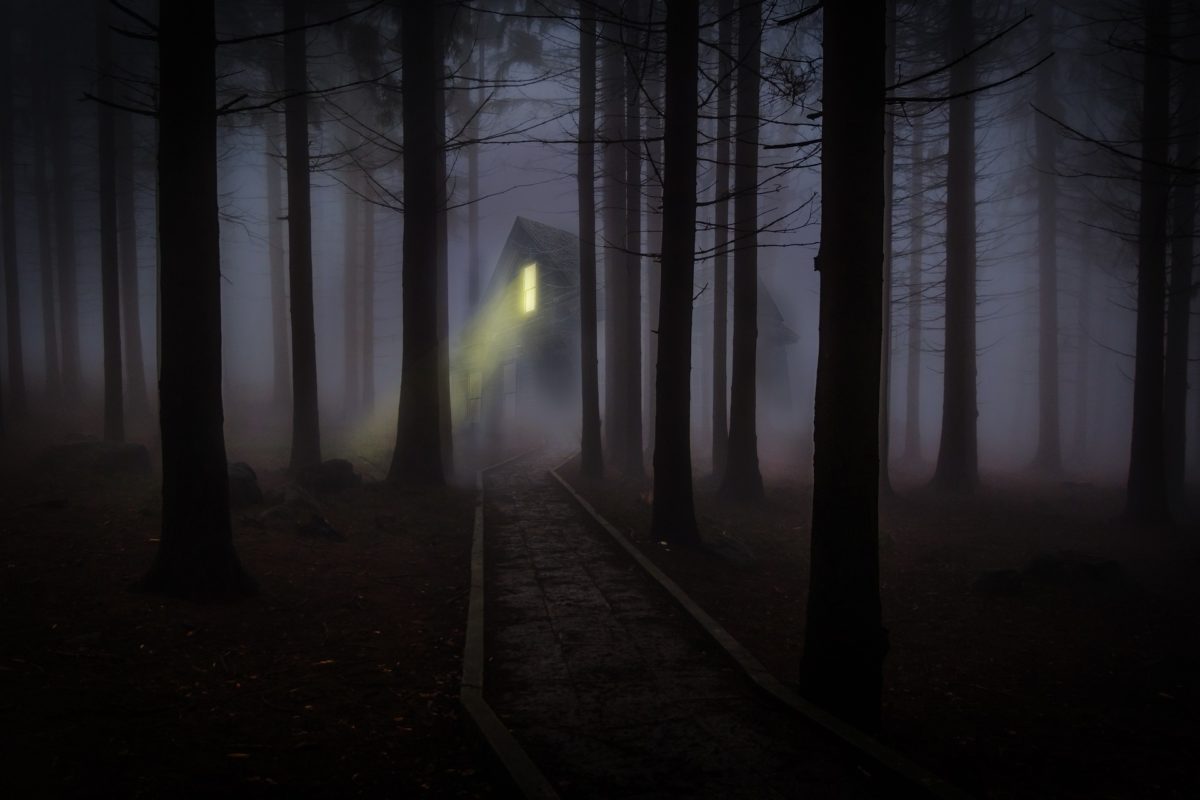Ancient Egypt, a civilization that flourished along the banks of the Nile River for over three millennia, continues to captivate our imagination with its majestic pharaohs, towering pyramids, and rich cultural heritage. From the bustling metropolis of Cairo to the serene Valley of the Kings, this article takes you on a journey through the key elements of ancient Egyptian civilization.
Pharaohs: The Divine Rulers
At the very heart of ancient Egypt’s political and religious structure were the pharaohs. These divine rulers were believed to be the intermediaries between the gods and the people. Pharaohs were considered to be living gods, responsible for maintaining cosmic order and guiding their kingdom towards prosperity. Through their elaborate tombs and temple complexes, pharaohs left behind a lasting legacy that still intrigues us today.
Pyramids: Monumental Structures of the Afterlife
The pyramids, towering architectural marvels, were built as tombs for pharaohs and their families. These grand structures symbolized the pharaohs’ journey to the afterlife and their eternal existence. The most famous among them is the Great Pyramid of Giza, the only remaining Wonder of the Ancient World. Constructed with remarkable precision and engineering prowess, the pyramids continue to inspire awe and admiration for the ancient Egyptians’ advanced knowledge and skills.
Nile River: The Lifeblood of Egypt
The Nile River, the longest river in the world, played a vital role in the development and sustenance of ancient Egyptian civilization. It provided fertile soil for agriculture, enabling the Egyptians to cultivate crops and sustain a flourishing society. The annual flooding of the Nile was seen as a divine gift, ensuring bountiful harvests and prosperity. Moreover, the Nile served as a vital transportation route, connecting different regions of Egypt and facilitating trade and communication.
Cairo: Modern City with Ancient Roots
Cairo, the vibrant capital of Egypt, seamlessly blends the modern with the ancient. Amidst the bustling streets and towering skyscrapers, ancient monuments and artifacts can still be found. The Egyptian Museum, located in Tahrir Square, holds a vast collection of artifacts, including the famous treasures of Tutankhamun. The nearby Giza Plateau is home to the iconic pyramids and the enigmatic Sphinx, guarding the ancient pharaohs’ resting places.
Ancient Civilization: A Legacy of Innovation
The ancient Egyptians were pioneers in various fields, leaving behind a rich legacy of innovation. They developed sophisticated irrigation systems to harness the Nile’s waters for agriculture. Their advancements in architecture, engineering, and mathematics are evident in the construction of the pyramids and the precise alignment of their structures. The Egyptians also made significant contributions to medicine, astronomy, and literature, as evidenced by their medical texts, astronomical observations, and hieroglyphic writings.
Sphinx: A Symbol of Mystery
The Sphinx, a mythical creature with the body of a lion and the head of a human, guards the pyramids on the Giza Plateau. This colossal statue, believed to represent the pharaoh Khafre, has captivated visitors for centuries. Carved from a single limestone block, the Sphinx stands as a testament to the ancient Egyptians’ mastery of sculpture and artistry. Its enigmatic smile and the secrets it holds continue to fuel speculation and intrigue.
Luxor: The Ancient City of Thebes
Located on the east bank of the Nile, Luxor, formerly known as Thebes, was the capital of ancient Egypt during the New Kingdom. This archaeological treasure trove boasts awe-inspiring temples, colossal statues, and royal tombs. The Karnak Temple Complex, dedicated to the god Amun, is a sprawling site with magnificent columns and intricate hieroglyphic inscriptions. On the west bank lies the Valley of the Kings, where pharaohs and nobles were buried in elaborate tombs adorned with intricate paintings and hieroglyphics.
Hieroglyphics: Unraveling Ancient Egyptian Writing
Hieroglyphics, the ancient Egyptian writing system, served as a means of communication and record-keeping. These intricate symbols, often carved or painted on temple walls and papyrus scrolls, were a blend of pictorial representations and phonetic signs. For centuries, hieroglyphics remained undeciphered until the discovery of the Rosetta Stone in 1799. This ancient artifact, inscribed with a decree in three scripts, including hieroglyphics, allowed scholars to unlock the secrets of this ancient writing system.
Alexandria: A City of Great Knowledge
Founded by Alexander the Great in 331 BCE, Alexandria became a center of knowledge and scholarship in the ancient world. The Great Library of Alexandria, a renowned institution, housed countless scrolls and manuscripts, attracting scholars from far and wide. Although the library was tragically destroyed, its legacy endures, and Alexandria remains a city steeped in history and intellectual pursuit.
Valley of the Kings: The Royal Necropolis
The Valley of the Kings, located near Luxor, is a sacred burial ground where many pharaohs, including Tutankhamun and Ramses II, were laid to rest. This ancient necropolis is home to beautifully decorated tombs filled with intricate paintings and hieroglyphic texts. Despite centuries of pillaging and deterioration, the Valley of the Kings still offers a glimpse into the ancient Egyptians’ beliefs about the afterlife and their reverence for their rulers.
Egyptian Small King Tut

Rediscovering Ancient Egypt: Unveiling Alexandria and the Splendors of Hieroglyphics
Alexandria: A City of Great Knowledge
Founded by Alexander the Great in 331 BCE, Alexandria became a center of knowledge and scholarship in the ancient world. The Great Library of Alexandria, a renowned institution, housed countless scrolls and manuscripts, attracting scholars from far and wide. It was a beacon of intellectual curiosity, fostering advancements in various fields such as literature, mathematics, astronomy, and medicine.
Unfortunately, the Great Library was tragically destroyed, and its vast collection of knowledge was lost to history. However, the legacy of Alexandria as a hub of learning endures. Today, the Bibliotheca Alexandrina stands as a modern tribute to the ancient library, housing a vast collection of books and manuscripts, as well as hosting conferences and cultural events.
Hieroglyphics: Unraveling Ancient Egyptian Writing
Hieroglyphics, the ancient Egyptian writing system, served as a means of communication and record-keeping throughout the civilization’s long history. These intricate symbols, often carved or painted on temple walls and papyrus scrolls, were a blend of pictorial representations and phonetic signs. Initially, only a select few, such as scribes and priests, were trained in the complex art of reading and writing hieroglyphics.
For centuries, hieroglyphics remained undeciphered, shrouding the ancient Egyptian civilization in mystery. It was not until the discovery of the Rosetta Stone in 1799 that progress was made in unraveling their secrets. The Rosetta Stone, inscribed with a decree in three scripts – hieroglyphics, Demotic, and Greek – provided a crucial key to understanding hieroglyphics.
French scholar Jean-François Champollion successfully deciphered hieroglyphics by comparing the Greek text on the Rosetta Stone with the corresponding hieroglyphic symbols. This breakthrough allowed scholars to unlock the secrets of this ancient writing system and gain a deeper understanding of ancient Egyptian history, literature, and religious beliefs.
Continuing Mysteries: The Valley of the Kings
The Valley of the Kings, located near Luxor, holds the final resting place of many pharaohs and nobles from the New Kingdom era. This sacred burial ground, hidden deep within the mountains, was chosen as a secretive alternative to the pyramids, which had become targets for tomb robbers.
The tombs in the Valley of the Kings, though less grand in scale compared to the pyramids, are nonetheless rich in artistic and historical significance. These beautifully decorated tombs provide intricate paintings and hieroglyphic texts that depict the pharaoh’s journey to the afterlife and their divine encounters in the realm of the gods.
One of the most famous discoveries in the Valley of the Kings was the tomb of Tutankhamun, unearthed by British archaeologist Howard Carter in 1922. The tomb’s remarkable preservation and the treasures within it shed light on the opulence and religious beliefs of the time.
Despite centuries of archaeological exploration, the Valley of the Kings still holds many secrets waiting to be uncovered. Ongoing excavations and research continue to shed new light on ancient Egyptian burial practices and the lives of the pharaohs who were laid to rest in this sacred necropolis.
Conclusion: Unlocking the Treasures of Ancient Egypt
The ancient civilization of Egypt, with its pharaohs, pyramids, and the Nile River, continues to fascinate and inspire us. From the grandeur of the pyramids to the mysteries of hieroglyphics, each aspect of ancient Egyptian culture reveals a glimpse into their sophisticated society.
As we explore the remnants of this ancient civilization, we gain a deeper appreciation for the ingenuity, artistry, and enduring legacy of the ancient Egyptians. Their achievements in architecture, engineering, mathematics, medicine, and literature still astound us today.
By unraveling the mysteries of the pharaohs, pyramids, and the Nile River, we not only gain insights into the past but also recognize the importance of preserving and studying our shared human heritage. Ancient Egypt continues to be a testament to the remarkable achievements of humanity and a reminder of the wonders that await discovery in our world’s ancient civilizations.

Unmasking the Skull and Bones
For decades, the Skull and Bones society has captivated the imagination of many. Known for its association with Yale University, this secret society

Whispers of the Serpent’s Legacy
Chapter 1: The Lost Manuscript In a dimly lit study in a remote English manor, Professor Samuel Worthington poured over the weathered pages of an

Secretive Societies: Separating Truth from Fiction
Secretive societies have always captured the imagination of people, fueling conspiracy theories and legends. These organizations often operate behind













